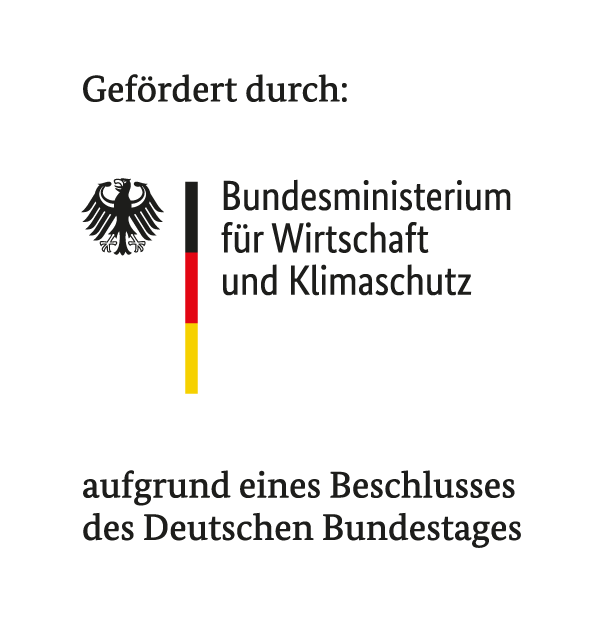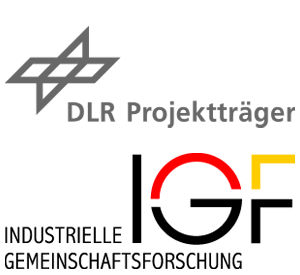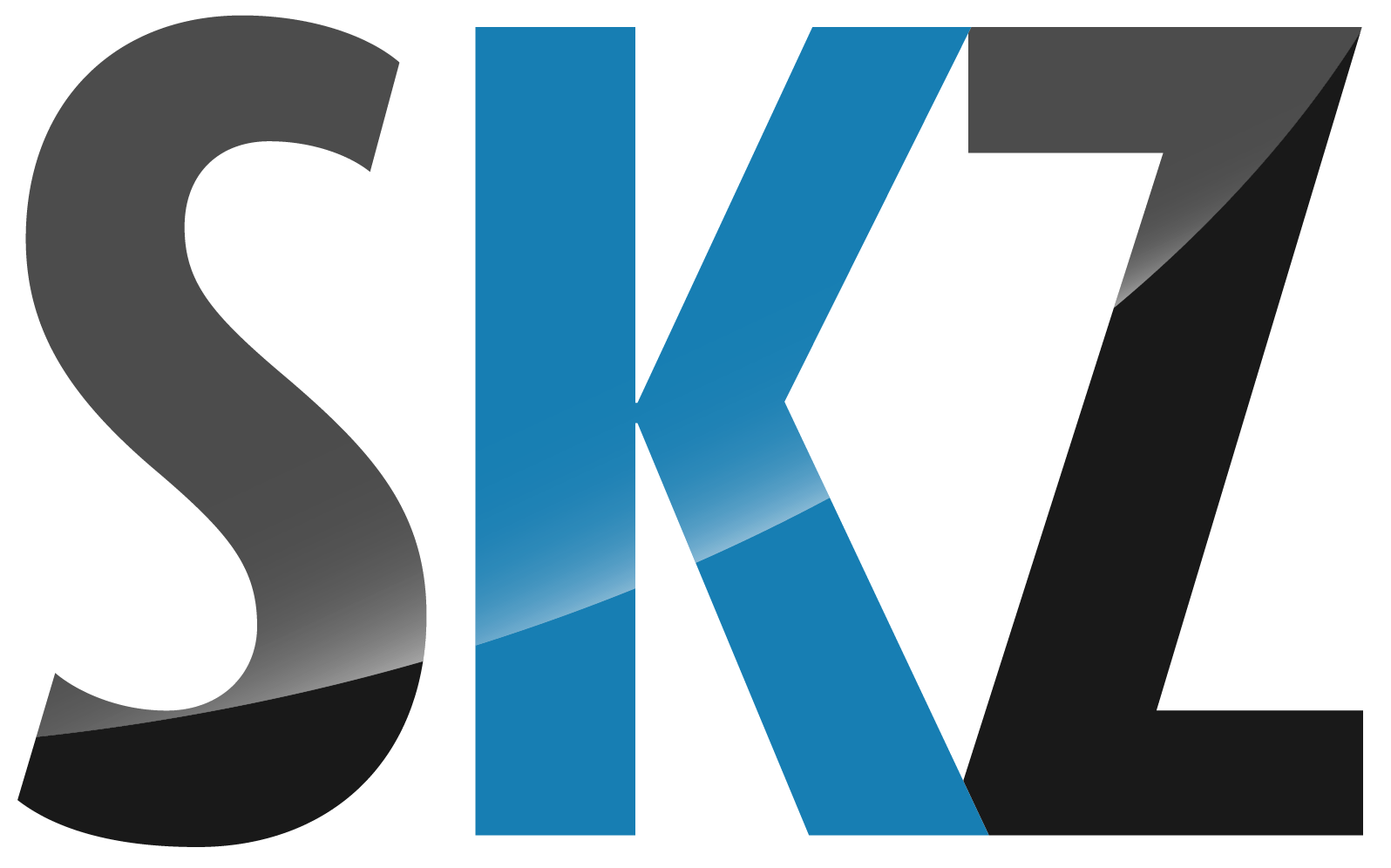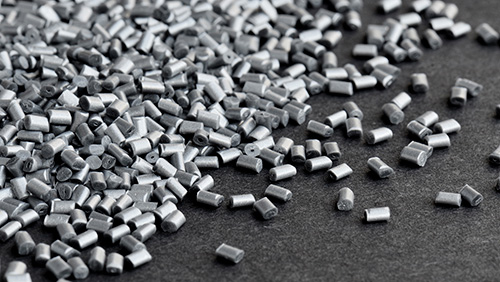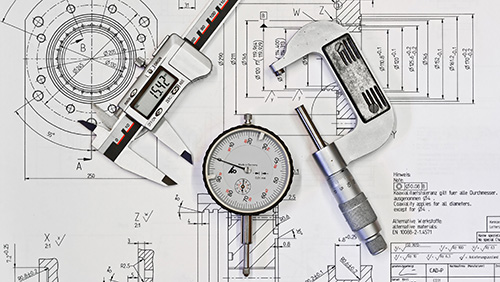Find projects
PICtor
Process-integrated immobilization of optical markers on moulded part surfaces for individual and robust component marking
Project duration
From: 01.08.2021 To: 31.01.2024Description
The research project has shown that an adhesion-enhancing surface modification of fluorescent YAG particles can be achieved using polymer multilayer coatings. The coating system can be applied universally for silicate, oxynitride and YAG fluorescent particles and thus enables, among other things, the simultaneous application of different particle types.
The analyses showed that application of the particles by spray coating generally led to a statistical distribution of the particles. Isolated droplet formation or dewetting patterns could be characterized using spatial autocorrelation (Moran's I, Geary's C), meaning that the methods are fundamentally suitable for inline quality assurance of the markings.
The analysis of the long-term stability and adhesion mechanisms of the markers revealed improved adhesion values due to covalent bonding for the modified particles in PC and PBT. The analyses also showed that the PEI/PAC coating of the particles influences their wetting behavior and greatly restricts complete encapsulation of the particles, which in turn improves the luminosity of the marking.
The automated application of the markers during the injection molding process was successfully implemented. Pad printing and spray coating were evaluated as coating processes and parameterized with a view to process consistency. The optimization of the marker application and continuous process monitoring was achieved by integrating a thermographic camera into the injection moulding cell.
The knowledge gained at the respective research institutions is part of further research work and is used for transfer into industrial practice. The findings from this project generally contribute to strengthening the competitiveness and innovative power of SMEs.Contact person:
